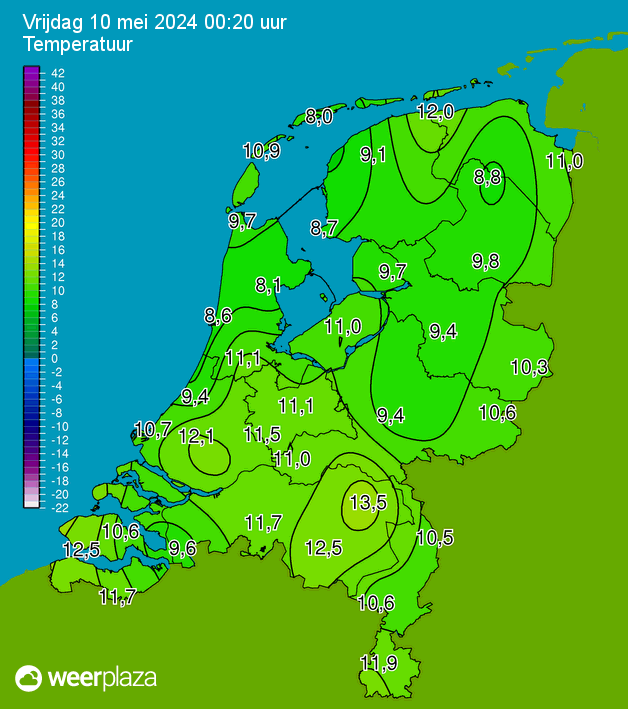May 4 in the Nenets Autonomous district precipitation (rain, sleet), wind 17-22 m/s. may 5-6 in the Kaliningrad region of freezing (temperatures below -2°). May 6, Leningrad, Pskov, Novgorod regions heavy rain. In the southern and Central districts of Karelia, heavy precipitation (rain, sleet), wind up to 15 m/S.
Central Federal district. 4 may in Orel region heavy rain, thunderstorm, hail, winds up to 17 m/s.
Volga Federal district. May 4 at the South County heavy rain, thunderstorm, wind up to 19 m/s.
southern Federal district.In Adygea and Krasnodar Krai may 4, heavy rain, thunderstorm, hail, wind 13-18 m/s; may 4-6 in mountain areas above 2500 m avalanche. May 4-5, in the mountains of Sochi выше1500 m avalanche.
The North Caucasian Federal district. 4 may in certain districts of the County, may 5, in Karachay-Cherkessia, Ingushetia, Chechnya and Dagestan, strong rain, thunderstorm, hail, wind 13-18 m/s (on 4 may in Kabardino-Balkaria to 25 m/s). 4 may in the mountains of Kabardino-Balkaria above 2000 m, may 4-6, in the mountainous regions of Ingushetia and the Chechen Republic above 2500 m avalanche.
Ural Federal district.May 4-5 in the North-Eastern districts of the Chelyabinsk region a high, sometimes extreme fire danger.
Siberian Federal district. May 4-5, in the mountains of the Altai Republic avalanches. May 4-5, in the Irkutsk region, on may 4-6 in the southern districts of the Krasnoyarsk region a high, sometimes extreme fire danger.
Far Eastern Federal district.The wind may 4 in Zabaykalsky Krai 18-23 m/s, may 5 at coast of Primorski Krai to 22 m/s. may 5 in the North, North-West of Yakutia heavy snow. 4 may in the South of the Amur region, on 4-5 may in Buryatia Republic, may 4-6, in Zabaykalsky Krai a high, sometimes extreme fire danger.








